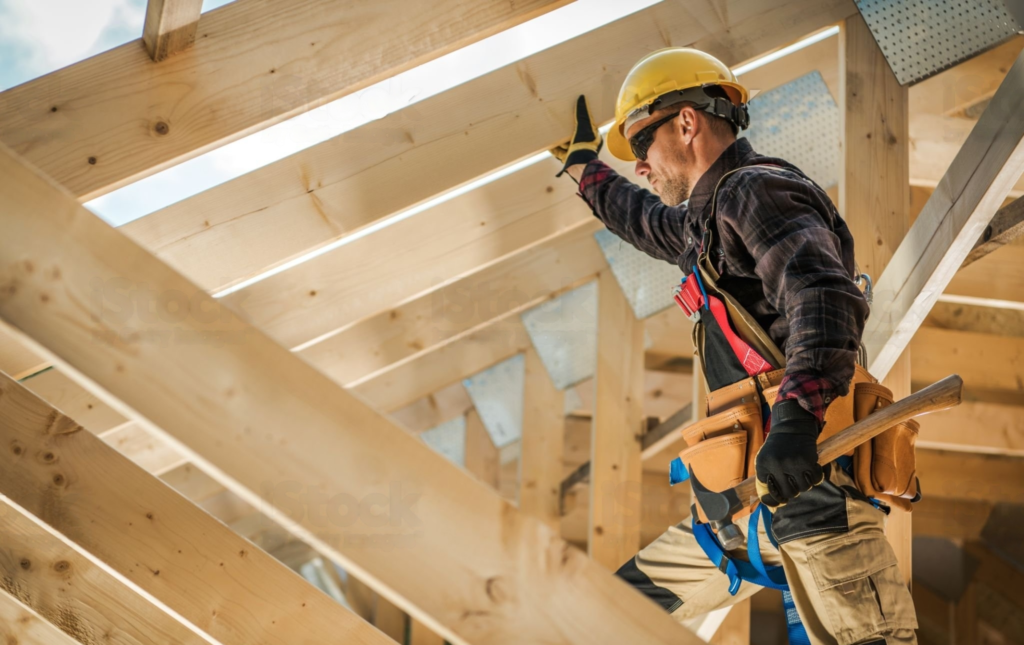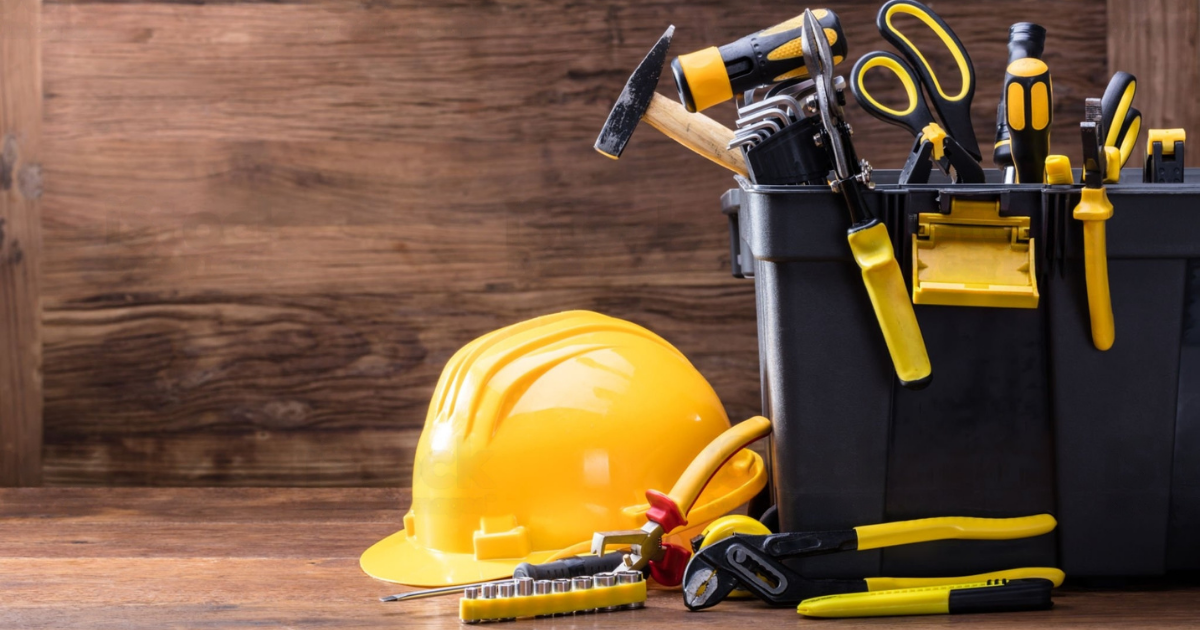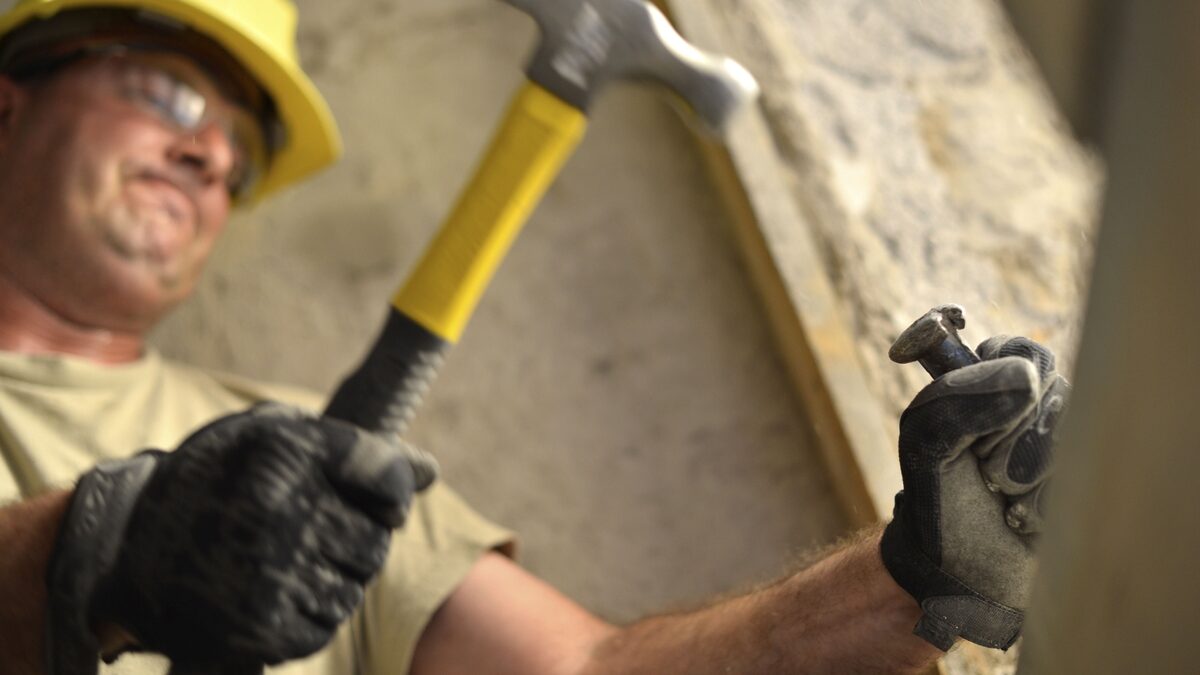Carpentry Safety Guidelines
Carpentry is a skilled craft that involves working with various tools and materials to create structures and objects made of wood. While it’s a fulfilling and creative endeavor, carpentry also comes with its fair share of risks. Safety should always be a top priority for both novice and experienced carpenters alike. In this article, we’ll delve into essential safety guidelines, tips, and best practices that every carpenter should adhere to in order to ensure a secure and productive work environment.

The Importance of Carpentry Safety
Carpentry involves the use of sharp tools, heavy machinery, and intricate techniques, making it crucial to prioritize safety. By following proper safety measures, carpenters can significantly reduce the risk of accidents, injuries, and even fatalities. Let’s explore some key safety guidelines that should be followed at all times:
Understanding Your Tools
Before starting any carpentry project, it’s essential to have a thorough understanding of the tools you’ll be using. Read the manuals, learn how to operate them correctly, and inspect them for any defects. Wearing appropriate personal protective equipment (PPE), such as safety goggles, ear protection, and gloves, is also paramount to prevent potential injuries.
Organizing Your Workspace
A well-organized workspace not only enhances efficiency but also minimizes hazards. Keep your work area clean and clutter-free. Store tools properly when not in use, and ensure that walkways are clear to prevent trips and falls. Also, maintain proper lighting to avoid eye strain and accidents.
Handling Materials Safely
When working with wood and other materials, be cautious of splinters, sharp edges, and hazardous chemicals. Wear suitable clothing to protect your skin and avoid loose-fitting garments that could get caught in machinery. Always cut away from your body and use push sticks or devices to maintain a safe distance from blades.
Proper Ventilation
Carpentry often involves using paints, solvents, and adhesives that can emit harmful fumes. Adequate ventilation is essential to prevent respiratory issues. Work in a well-ventilated area or use respiratory protection if necessary.

Best Practices for Carpentry Safety
Aside from adhering to specific guidelines, carpenters should adopt a safety-first mindset throughout their work. Here are some best practices to keep in mind:
Regular Tool Maintenance
Maintaining your tools in good condition not only prolongs their lifespan but also ensures safe operation. Regularly inspect and lubricate your tools as per the manufacturer’s recommendations. Dull blades can lead to accidents, so keep them sharp.
Training and Education
Continuous learning is essential in carpentry. Stay updated with the latest techniques and safety protocols. Attend workshops, seminars, and safety training programs to enhance your skills and knowledge.
Fire Safety Precautions
Wood is highly flammable, and carpentry involves various heat-producing tools. Install smoke detectors and fire extinguishers in your workspace. Have a clear evacuation plan in case of emergencies.
Ergonomic Considerations
Carpentry can be physically demanding. Practice proper lifting techniques, and use ergonomic tools that reduce strain on your body. Take regular breaks to rest and stretch to prevent injuries.
Conclusion
In conclusion, carpentry is an art that requires skill, precision, and dedication. However, it should never come at the cost of safety. By following the guidelines and best practices outlined in this article, you can create a safe and productive carpentry environment for yourself and those around you.
FAQs (Frequently Asked Questions)
Q1: How can I stay safe while using power tools?
A1: Always wear appropriate PPE, read the tool manuals, and maintain tools regularly to ensure safe operation.
Q2: Is it necessary to attend carpentry safety workshops?
A2: Yes, attending safety workshops helps you stay updated on the latest protocols and techniques, enhancing your overall safety awareness.
Q3: What should I do if I get a splinter while working?
A3: Clean the area with soap and water, disinfect it, and use sterile tweezers to remove the splinter. If it’s deep or causing pain, seek medical attention.
Q4: How often should I inspect my tools?
A4: Regularly inspect your tools before each use and perform a more thorough inspection and maintenance at least once a month.
Q5: Are there specific safety measures for working at heights?
A5: Yes, when working at heights, use proper fall protection equipment, such as harnesses and guardrails, and ensure a stable and secure surface to work on.
Related Posts
Leave a Reply Cancel reply
Recent Posts
- 8 Seasonal Home Maintenance Tips to Protect and Upgrade Your Home
- 5 Smart Space-Saving Carpentry Ideas That Transform Tight Spaces
- 5 Brilliant Tips for Designing Custom Banquettes That Blend Style and Function
- 5 Reasons Finish Carpentry Prep Caulking and Sanding Make or Break the Final Result
- Best Wood Finishes: Enhancing Your Carpentry Projects
Recent Comments
Archives
- May 2025
- April 2025
- March 2025
- February 2025
- October 2024
- September 2024
- August 2024
- July 2024
- June 2024
- May 2024
- April 2024
- March 2024
- February 2024
- January 2024
- December 2023
- November 2023
- October 2023
- September 2023
- August 2023
- July 2023
- June 2023
- May 2023
- April 2023
- March 2023
- February 2023
- January 2023
Categories
Categories
- Carpentry DIY Tutorials (5)
- Carpentry for Home Improvement (26)
- Carpentry Q&A (10)
- Carpentry Safety and Best Practices (6)
- Carpentry Trends (11)
- Custom Carpentry (26)
- Design Inspiration (14)
- Finish Carpentry (11)
- Smart-Saving Carpentry (1)
- Tool Reviews and Recommendations (2)
- Uncategorized (38)
- Wood Selection and Finishing (1)
- Woodworking Techniques (5)





